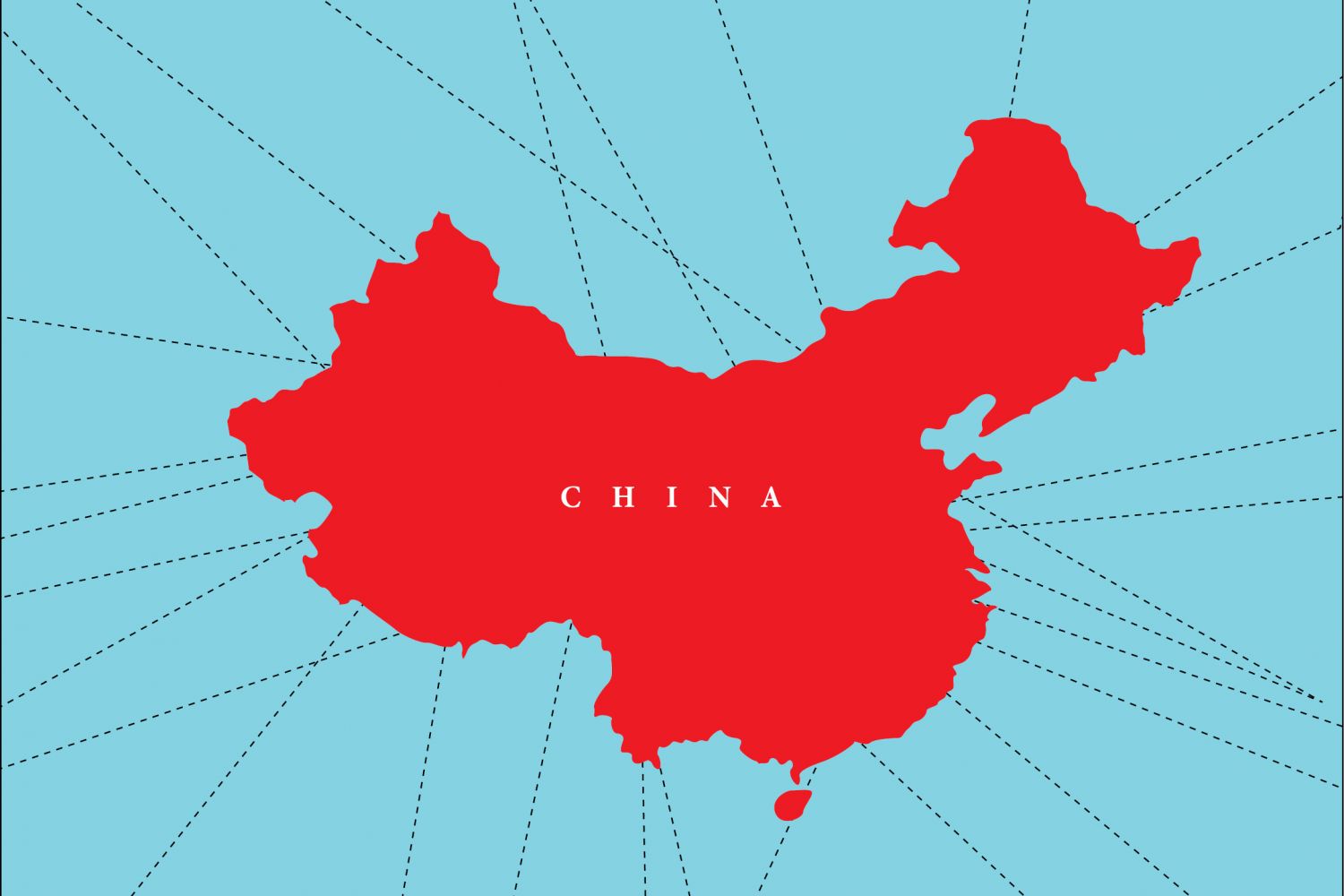
China’s grandiose Belt and Road Initiative (BRI) is not only the most expansive geopolitical undertaking ever attempted by a sovereign state but also the most puzzling of enterprises initiated by any nation. Ever since the death of Mao Zedong in 1976 and subsequent opening up of the Chinese economy in 1979, the global media has obsessively portrayed China as the economic power house of the world.In 1979, at the urging of Deng Xiaoping, the state council authorised the creation of special econom





